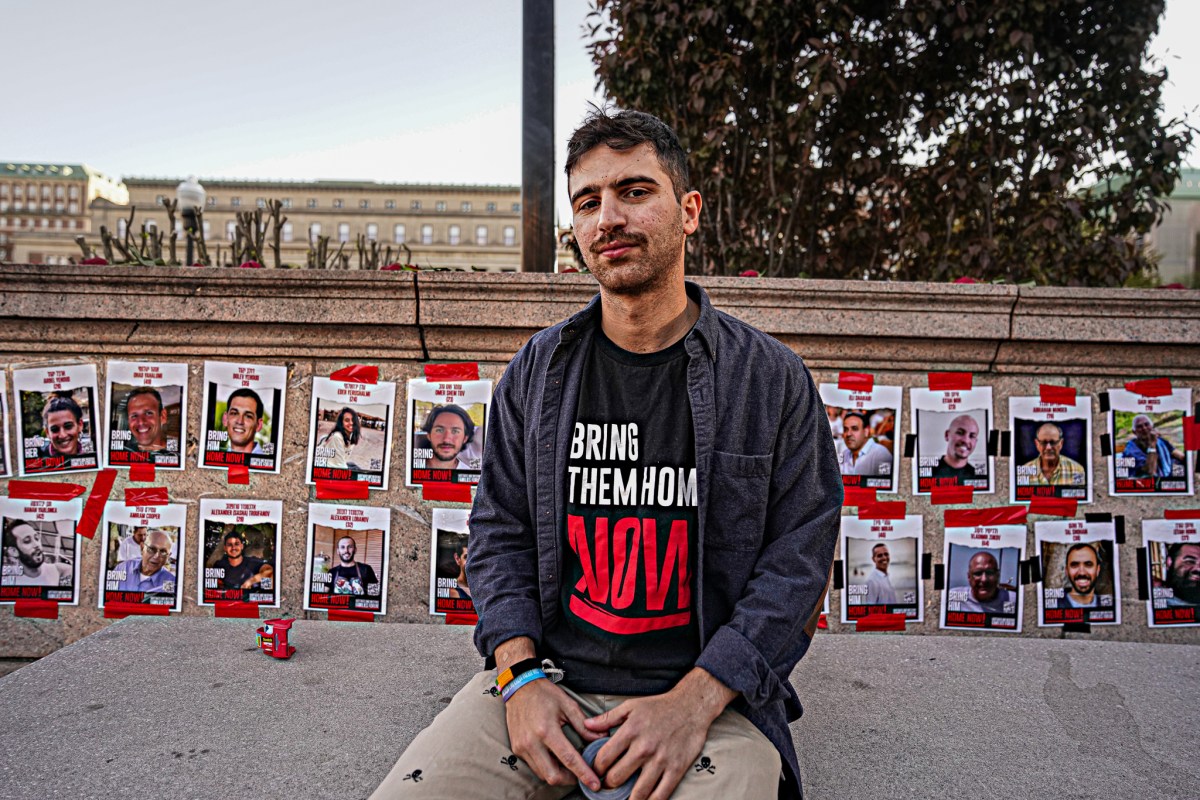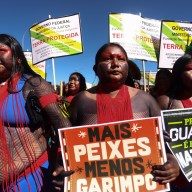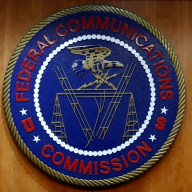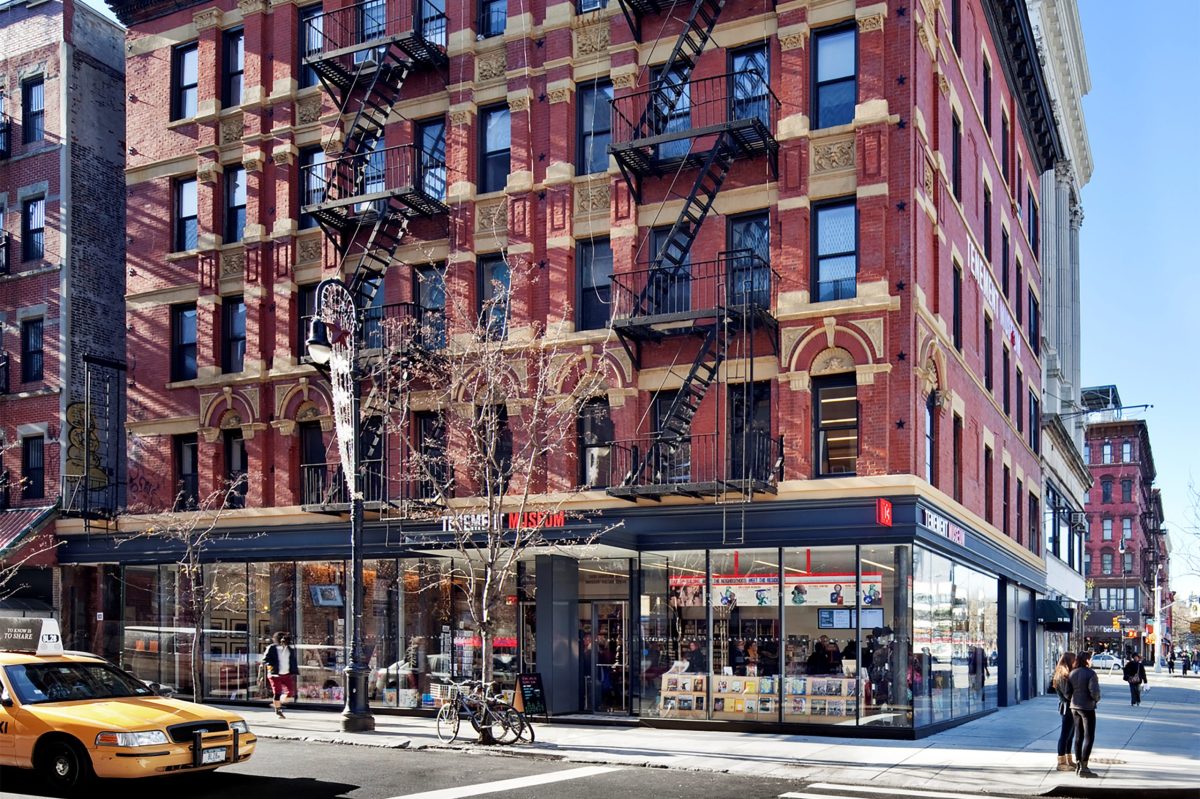It’s remarkable how the living dead have defined the post-millennium zeitgeist more than any other pop-culture entity.
From Max Brooks’ bestselling novel “World War Z” (an upcoming film adaptation will star Brad Pitt) to a glut of first-person shooter video games to mainstream TV, the zombie has mysteriously reached the peak of his popularity.
But it’s been a long, slow progression — a road littered with taboo and terror — and most of it can be traced back to the brain of one man, the master of zombie lore, George A. Romero.
It was Romero who, in 1968, took the basic thrust of Richard Matheson’s shattering vampire apocalypse novel “I Am Legend” and brought the dead back to life with his game-changing black-and-white masterpiece “Night of the Living Dead.”
That film would spawn a series of rip-offs, sequels and eventually spoofs like Edgar Wright’s smash-hit comedy “Shaun of the Dead.”
Look anywhere and you’ll see evidence of the zombie phenomenon surrounding us, trapping us, ready to eat us alive.
And that is what’s so spooky about the concept of the zombie. They’re us, back from our final rest, hungry to devour the people we once loved. Zombies are ugly, grotesque shadows of their former selves. Zombies are not nice, and if, by some sort of biologically bad stroke of viral luck, Romero’s fantastical prophecies were to come true, what would we do? Or more importantly, what shouldn’t we do?
Do not attempt to out-swim the dead
Zombies aren’t bears. As a few unfortunate characters in Romero’s 2010 horror-western “Survival of the Dead” discover, they aren’t afraid of the water. Why? Because they don’t have to hold their breath — they don’t breathe.
Romero: I had underwater stuff in “Land” and “Diary” but really played with it here. There is a lot of humor in “Survival,” but it’s also really melancholic, less free-and-easy. Though at this stage of my life, I’m thinking of calling the next one — if there is a next one — “Enough of the Dead”!
Do not take the elevator
In Romero’s incredibly influential 1978 epic “Dawn of the Dead,” a handful of survivors land their helicopter on the roof of Pittsburgh’s Monroeville Mall and block out the corpses, creating a Shangri-la of material bliss. But when the ghouls gain entrance as they always do, chaos ensues. It was successfully remade a few years back.
Romero: “Dawn” is a romp, and I think it’s the most entertaining of all the “Dead” films. I really cut loose and did it as “comic book.” But there’s tragedy in there, too.
Do not marginalize or exploit the dead
Romero’s post-“Dawn” remake comeback, 2005’s “Land of the Dead,” saw the late Dennis Hopper as a capitalist swine who allows his fellow Republicans to hide in his multimillion-dollar condo while the dead population are hunted and slaughtered beyond his electrified fences.
Romero: I think [“Land”] was the first time mainstream American critics saw the satire of my work, and I owe it all to George Bush! I think it’s all there when Hopper says the line: “We do not negotiate with terrorists.”

















